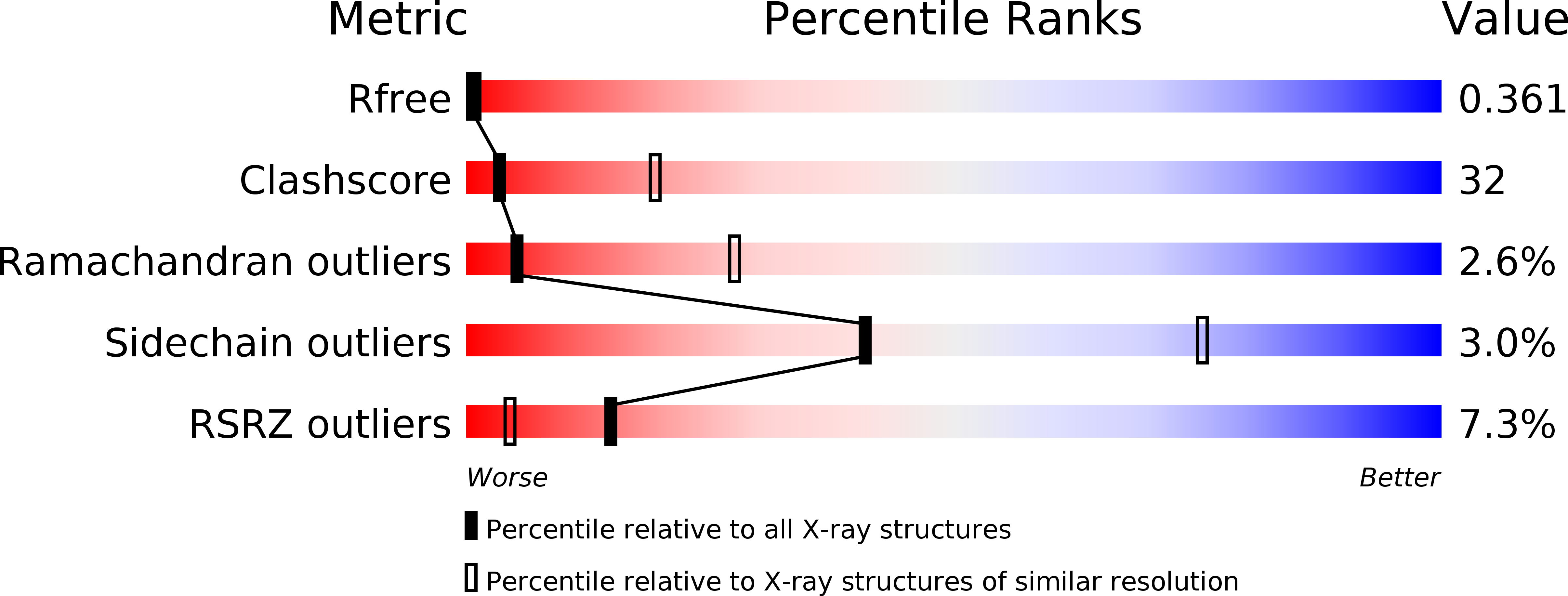
Deposition Date
2004-11-08
Release Date
2004-12-20
Last Version Date
2023-12-13
Entry Detail
PDB ID:
1WC4
Keywords:
Title:
Soluble adenylyl cyclase CyaC from S. platensis in complex with alpha, beta-methylene-ATP and Europium
Biological Source:
Source Organism:
SPIRULINA PLATENSIS (Taxon ID: 118562)
Host Organism:
Method Details:
Experimental Method:
Resolution:
3.00 Å
R-Value Free:
0.31
R-Value Work:
0.27
R-Value Observed:
0.27
Space Group:
P 21 21 21


